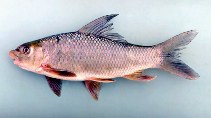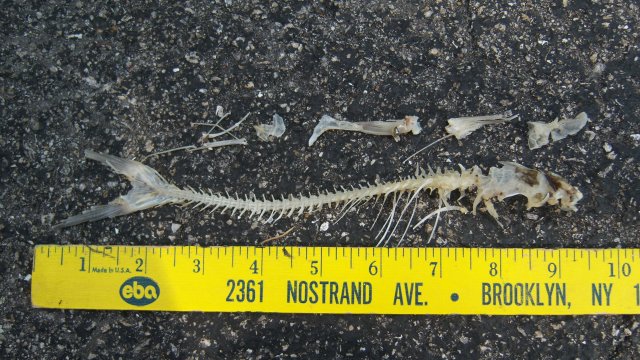The behri has been doing ok in the jerk tank, it seems, except it is not growing much and doesn't seem to feed much but I can't be sure... because I see it going after the pellets but it has a sucker mouth and it's hard to see if it swallows them and how many. It doesn't throw itself at the feed either like the rest of the tank mates - the Africans and the leporinus.
Anyhow, the point is it looks to be maybe 8"-9" today, a year later after my original post where it was 5".
You or whoever told you might be onto something, judging from my experience so far. I need to give it a chance to graze on algae but got no convenient way so far. Maybe when we open and I have to keep tank lights on for 8 hours a day... we could have a lot more algae then.
Anyhow, here is the little horror of the night. Bad pic out of focus. Sorry.
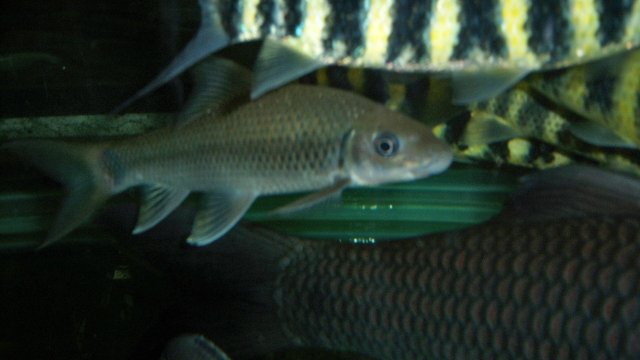
Next to a 20"-22" purple labeo:
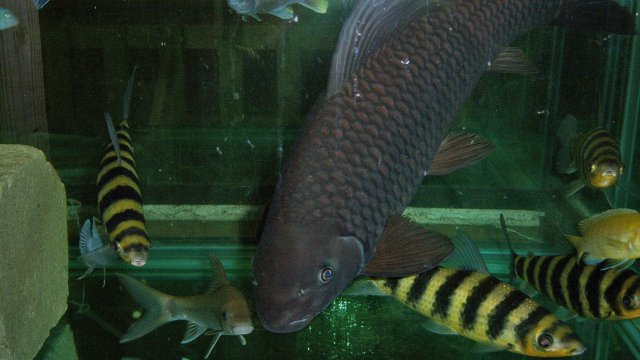
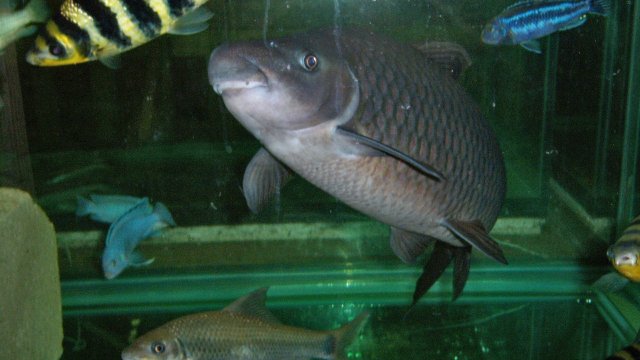
Anyhow, the point is it looks to be maybe 8"-9" today, a year later after my original post where it was 5".
They said Bangana are hard to raise. So few of them adult size in the hobby. Was told they have problem eating.
You or whoever told you might be onto something, judging from my experience so far. I need to give it a chance to graze on algae but got no convenient way so far. Maybe when we open and I have to keep tank lights on for 8 hours a day... we could have a lot more algae then.
Anyhow, here is the little horror of the night. Bad pic out of focus. Sorry.

Next to a 20"-22" purple labeo:


Last edited:


